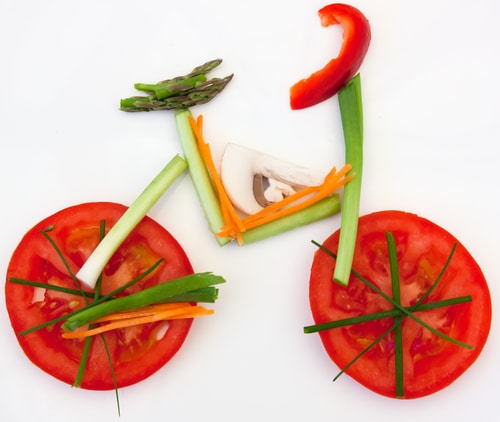 Dietary fiber is important to one’s health. But what is “dietary fiber?” It is the indigestible portion of various plant foods found in fruits, stems, leaves, roots, seeds, and nuts. Fiber is found in legumes (peas and beans, for example); in certain grains (such as bulgar wheat, whole wheat); and, in various fruits and vegetables (apples, pears, brussel sprouts, spinach, and others). Soluble dietary fiber dissolves as it passes through the human digestive system. Insoluble types of fiber do not dissolve. Instead, they absorb water, which causes the products of digestion to “bulk up” as they pass through the colon.
Dietary fiber is important to one’s health. But what is “dietary fiber?” It is the indigestible portion of various plant foods found in fruits, stems, leaves, roots, seeds, and nuts. Fiber is found in legumes (peas and beans, for example); in certain grains (such as bulgar wheat, whole wheat); and, in various fruits and vegetables (apples, pears, brussel sprouts, spinach, and others). Soluble dietary fiber dissolves as it passes through the human digestive system. Insoluble types of fiber do not dissolve. Instead, they absorb water, which causes the products of digestion to “bulk up” as they pass through the colon.
Fiber is the “roughage” our bodies need to keep food moving smoothly through our digestive system. It contributes to proper digestion and can reduce or eliminate constipation. Eating an adequate amount of dietary fiber increases the density of one’s stool, making it easier to eliminate, and may even help in the cure of irritable bowel syndrome.
Perhaps even more important, eating enough soluble fiber may help control blood sugar levels, thereby lowering the risk of diabetes. Heart health may also be improved by dietary fiber. Studies show that soluble fiber leads to reductions in “bad” LDL cholesterol, as well as reduced blood pressure.
If weight loss is a concern, once again dietary fiber can help. Eating a helping or two of fresh (or frozen) vegetables is filling and sends signals to your brain that you’re full—long before you’ve consumed the saturated fat, calories, and carbohydrates that a full-course dinner would provide. Fibrous foods also require more chewing, which takes longer than, say, french fries and a burger. There is a natural delay between the time one’s stomach is filled and the feeling of satiety is acknowledged. That extra chewing time gives your system time to acknowledge that you are no longer hungry and it is time to stop eating. Net result: You eat less food and consume fewer calories and carbohydrates…and lose weight.
The typical Western diet falls short in delivering an appropriate amount of dietary fiber. The American Dietetic Association advises that American’s get only about 15 grams of dietary fiber each day. (How many fruits, nuts, whole grains, and vegetables have you eaten today?) The recommended intake is at least 20 grams and as much as 35 grams. Continuum Health Partners of New York provide dietary fiber content for a variety of foods including…
Apple (medium) 4g
Baked beans (8-oz can) 16g
Black beans (1 cup, cooked) 19g
Blackberries (½ cup, raw) 4.4g
Bread (1 slice whole wheat) 6g
Chickpeas (1 cup, cooked) 19g
Figs (3, dried) 10.5g
Macaroni (1 cup, whole wheat) 5.7g
Peas (½ cup) 9.1g
Potato (1 small, sweet) 4g
Spinach (½ cup, cooked) 7g
Reaching the recommended intake of dietary fiber is not difficult. Like so many dietary issues, it is simply a matter of learning what foods deliver the most fiber, then working them into your daily routines.
Related Articles By Cathe:
How to Add Both Kinds of Fiber to Your Diet
All Fiber Isn’t Equal When It Comes to Reducing Your Appetite
This Dietary Component Was Identified as an “Under-consumed Nutrient of Public Health Concern”

